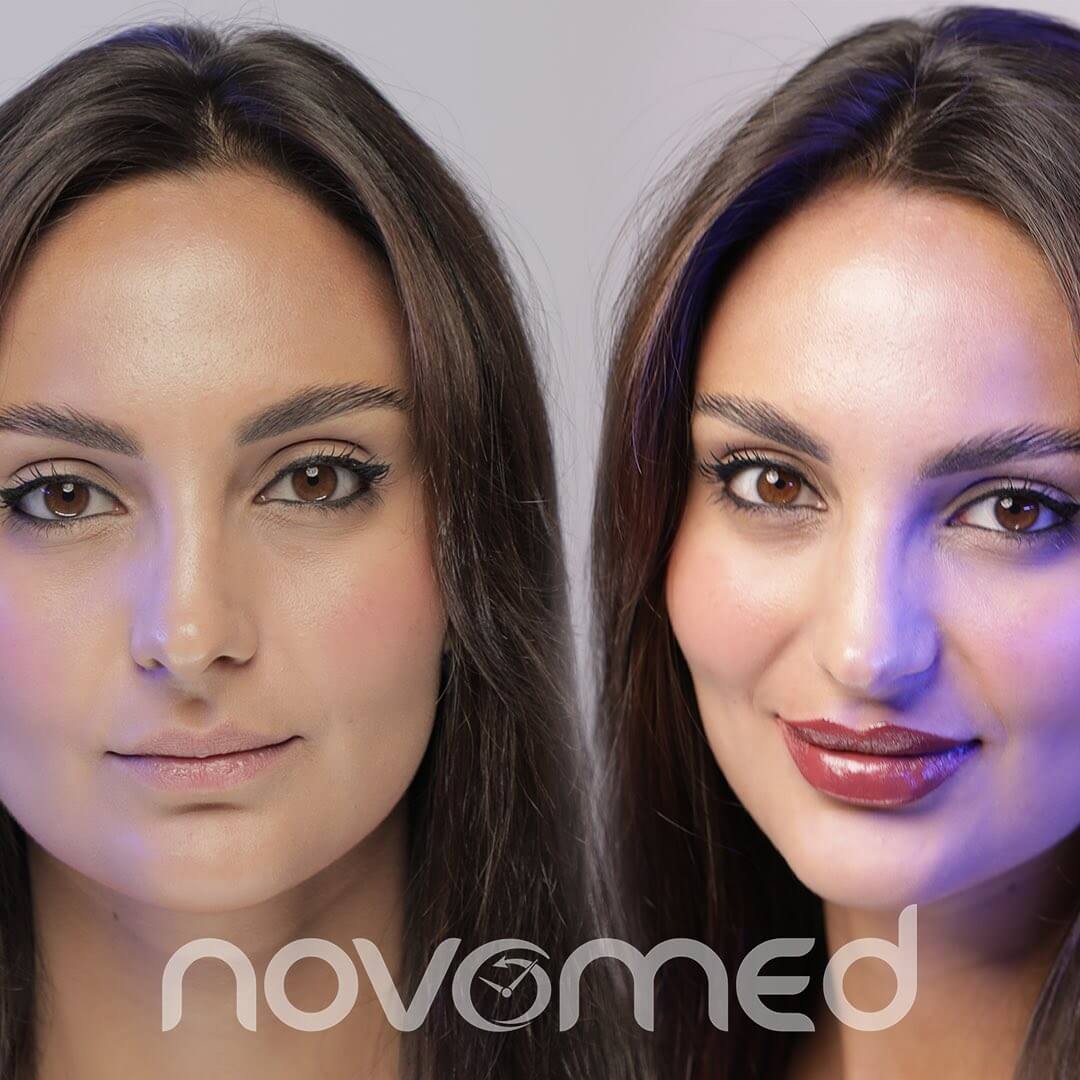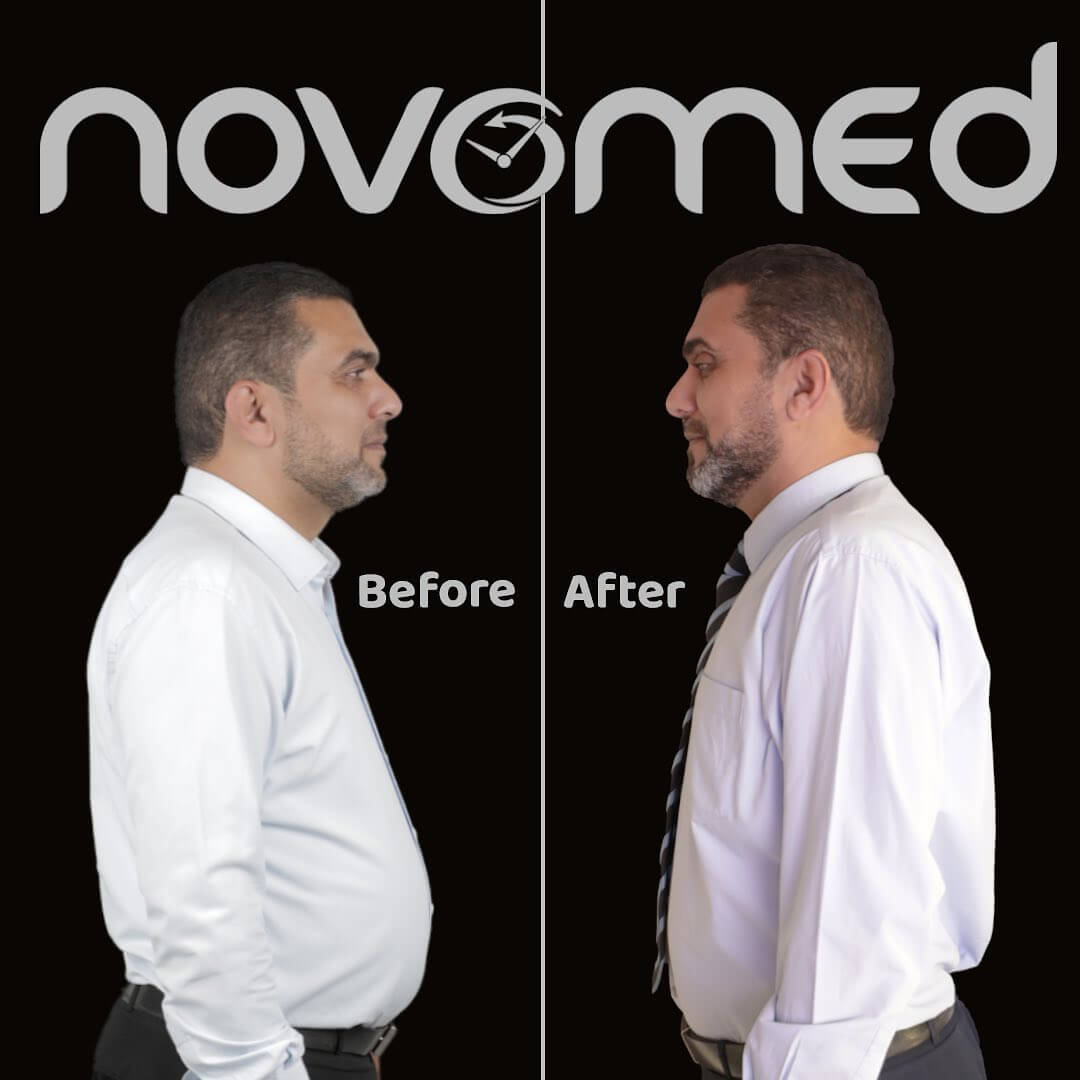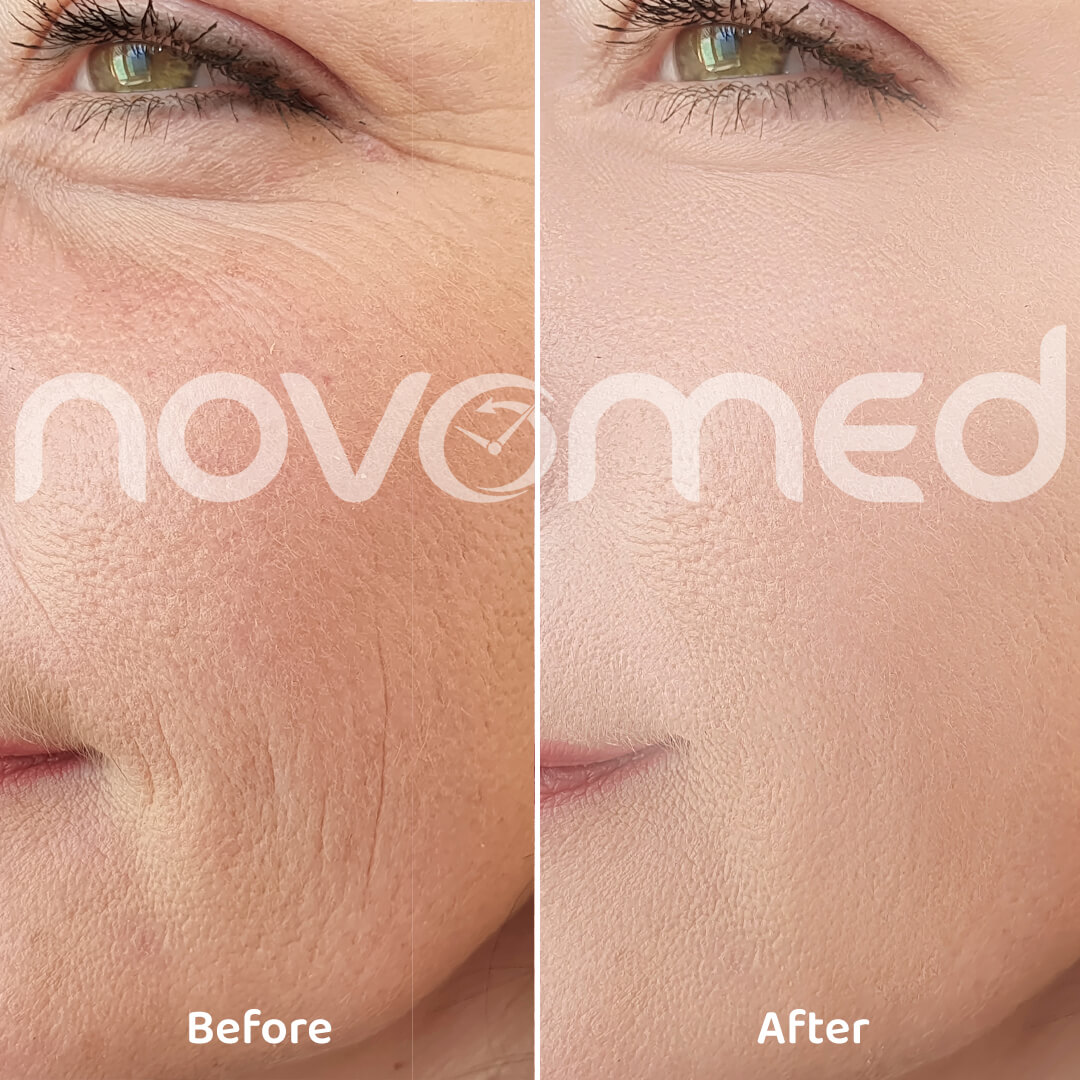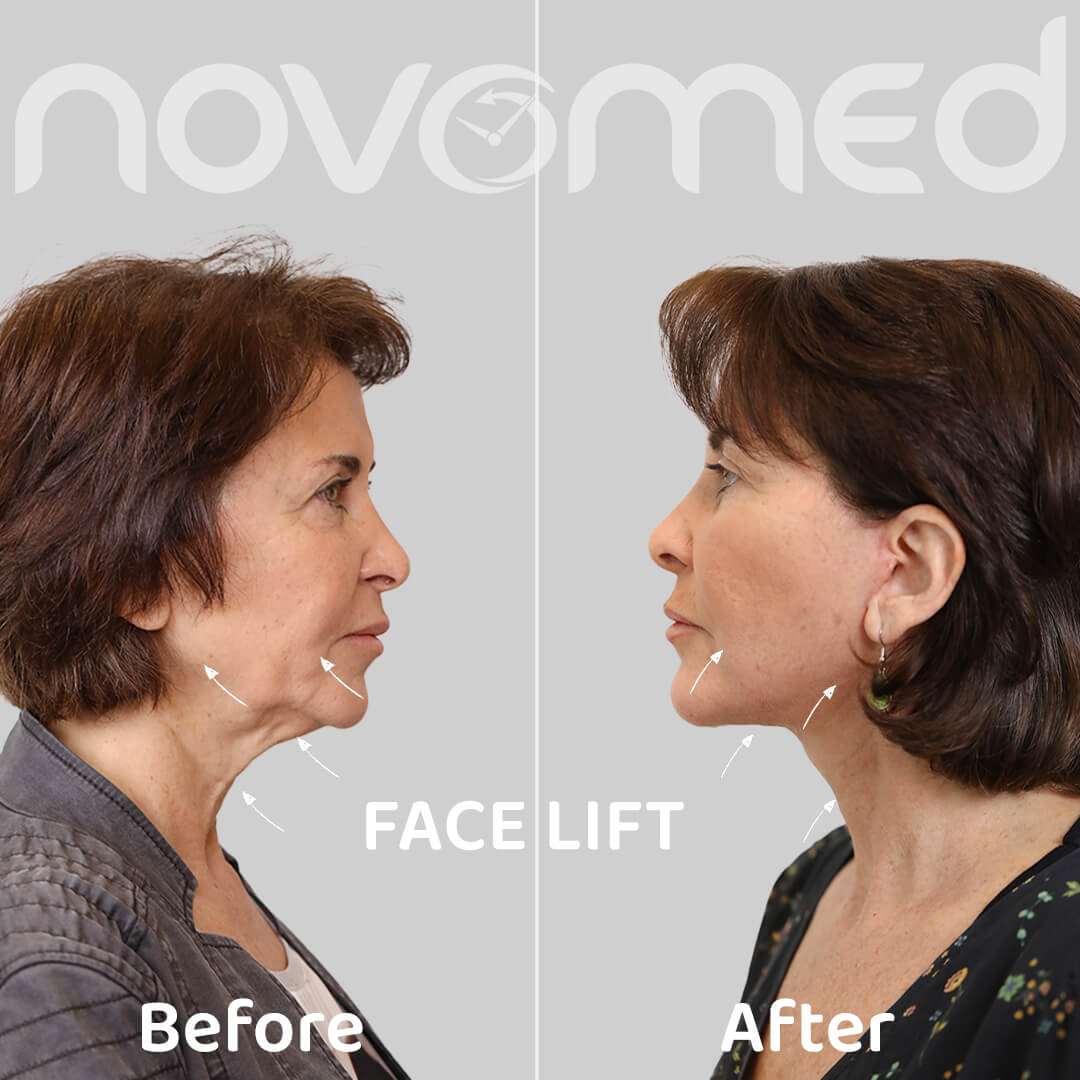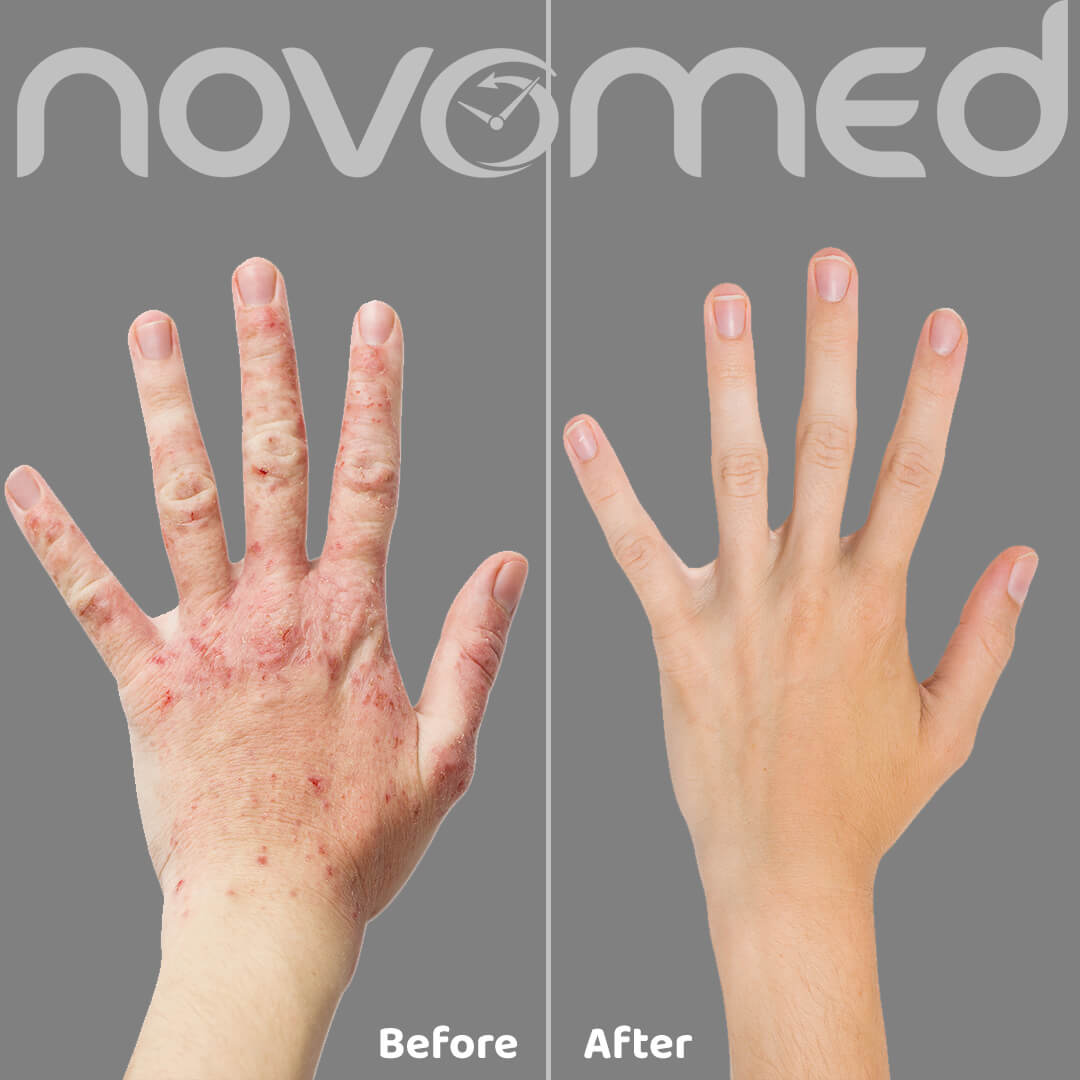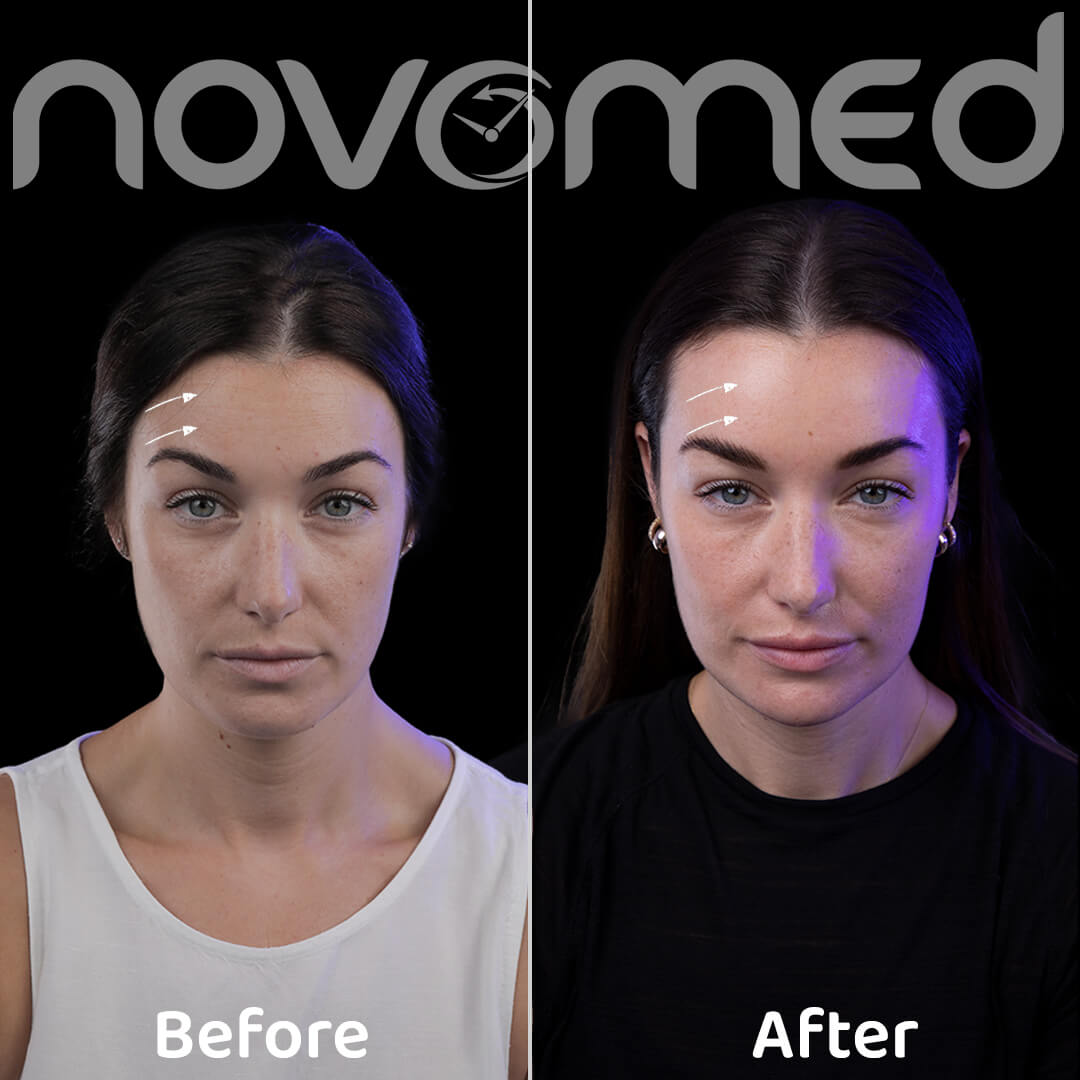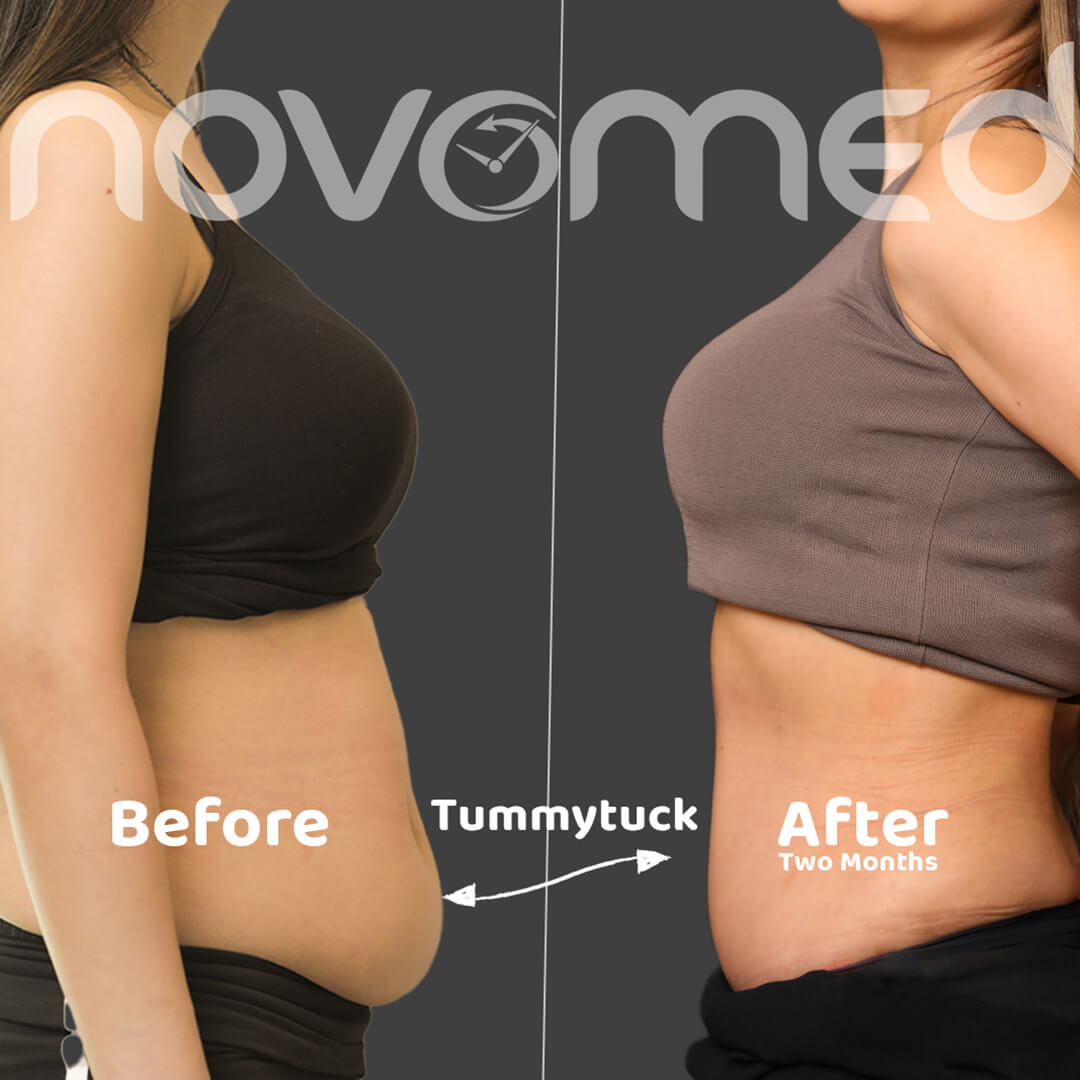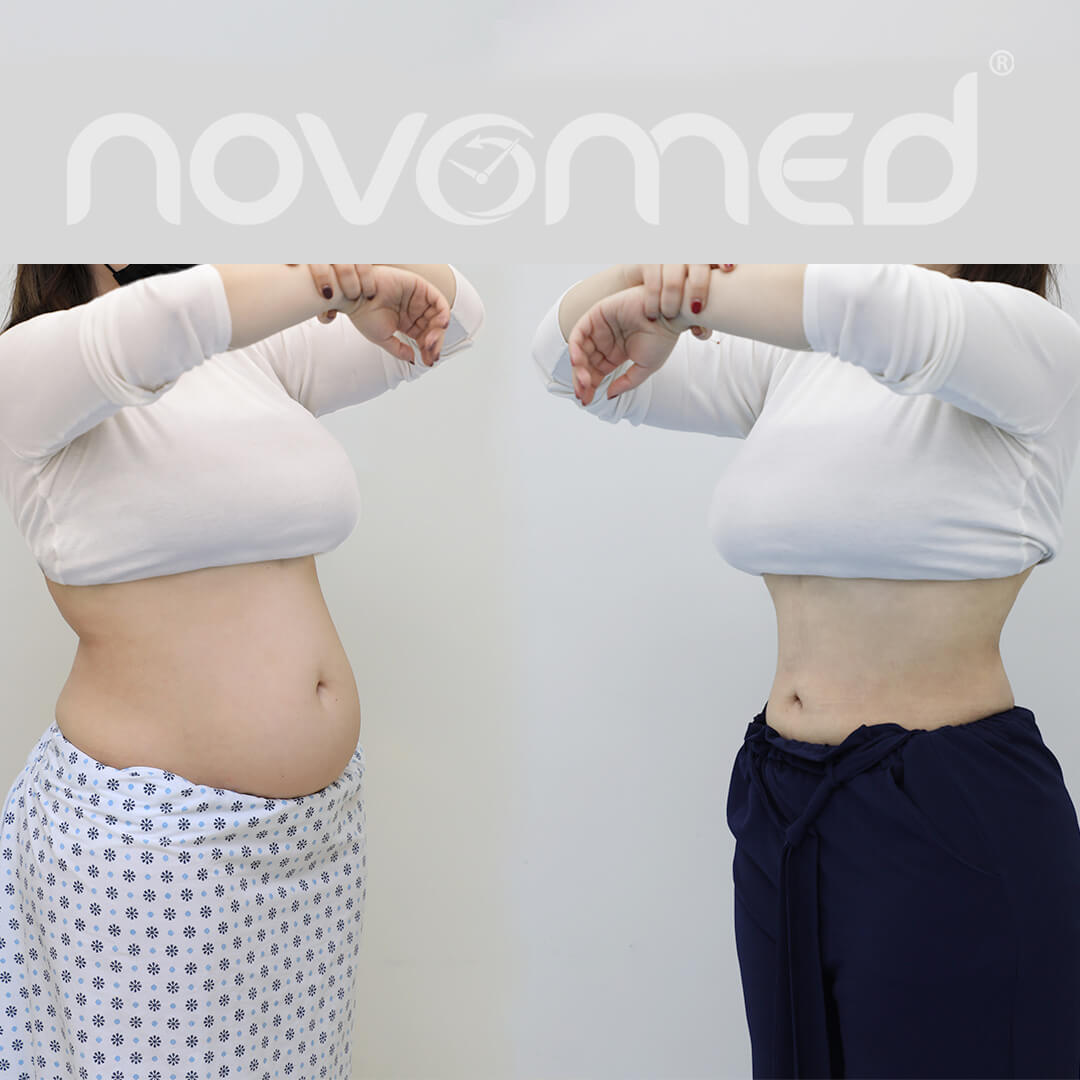Breast fat transfers have long been a popular solution for women who want to increase the size and enhance the contours of their breasts while maintaining their natural shape.
Fat transfer breast augmentation is a surgical procedure in which a surgeon extracts fat from one part of your body and uses it to enlarge your breasts.
The surgeon will use liposuction to remove the fat, which will then be injected into your breasts. The areas from which the surgeon extracts fat are usually resistant to diet and exercise, like the abdomen or thighs. The surgeon uses liposuction to remove fat from the selected locations and then strategically injects the fat cells into the breasts. There are minor hidden scars when using this method.
A fat transfer breast augmentation produces a smaller increase in breast size than breast augmentation. However, the results are very natural-looking and appealing for some people.
Breast fat transfer has a lot of advantages, and some of the reasons why people have this procedure include:
– They prefer a natural appearance and feel.
– The technique is regarded as safe.
– The fact that their fat tissue is used in the treatment.
– Compared to other augmentation surgeries, there is minimal scarring caused by this surgery
– Rippling and thinning are less likely to occur.
– Shorter recovery time than for a standard breast augmentation surgery.
– The patient’s tissue is used, removing the hazards of introducing foreign objects into the body.
– Many patients state their breast fat transfer reconstructed breasts feel soft and sensitive.
– Fat is taken from areas of the patient’s body where they want to lose weight, so the operation is slimming.
Who Is a Good Candidate For Breast Fat Transfer?
It is usual for the breasts to lose volume after pregnancy, weight loss, or as a result of aging. Breast fat transfer is a natural option for those who want to treat volume loss with plastic surgery but don’t want breast implants. Patients benefit from a natural-looking result when breast fat transfer is done to augment the size of the breasts.
A good candidate is:
- Physically healthy with reasonable expectations.
- Not currently breastfeeding or pregnant.
- Someone who is fully developed.
- Dissatisfied with the size of her breasts.
- Someone whose breasts haven’t developed properly.
- A woman whose upper portions of breast look empty or deflated.
- Unhappy with her breasts because they are elongated or shapeless.
- A woman who has asymmetrical breasts.
What To Expect In A Breast Fat Transfer Procedure?
1- The patient is given general anesthesia or local anesthesia with intravenous sedatives.
2- The doctor makes tiny liposuction incisions.
3- The surgeon injects a tumescent fluid containing lidocaine and epinephrine into the areas where the fat will be harvested. This liquid not only acts as an anesthetic but also helps to prevent bleeding and trauma.
4- The plastic surgeon loosens the fat to be harvested using a thin tube known as a cannula. The surgeon slowly pushes the tube back and forth beneath the skin. Once the fat has been dislodged, the plastic surgeon uses a surgical vacuum or a syringe attached to the cannula to extract it from the body.
5- The fat is extracted, and then it sits until the fluid separates from the fat. The fluid is the tumescent fluid that the patient’s body didn’t absorb.
6- After removing the fat from the fluid, the surgeon will strategically inject the fat into the breast to give the patient the shapely, voluminous breasts she desires.
Breast Fat Transfer Recovery
Prepare a recovery area at home and remember to keep needed items within easy reach. These items include facial tissues, water, telephones, medications, and anything else necessary.
Following the procedure, you will need someone to drive you home because you will be sedated and unable to drive. In addition, someone must stay with you for at least 24 hours, but preferably 48 hours, to help you. When showering, you should use antibacterial soap.
Patients may experience inflammation, bruising, and/or pain following the breast fat transfer procedure. However, these symptoms are usually successfully treated with medication. The breasts may appear somewhat larger than the intended size, but this issue will be resolved with time. The inflammation that happens after breast fat transfers causes this temporary increase in size.
Most patients return to work within 10 days following their breast fat transfer; however, sports, heavy lifting, and other strenuous activities should be avoided for several weeks to ensure proper healing.
Breast Fat Transfer Results
The results of a breast fat transfer are long-lasting and, in many cases, permanent. The breasts will absorb some of the fat cells that were transferred within the first six weeks after surgery because the operation necessitates using one’s body tissue.
The residual fat survives the treatment, but if the patient’s weight changes afterward, the breast size may change as well. To achieve the look she wants, a woman may need repeated breast fat transfer surgeries.
Consult with one of our experts and make an appointment today!
It’s best to discuss your medical history, as well as any concerns you may have with our plastic surgeon ahead of time; This ensures that the treatment is safe for you and that you fully understand every step of the procedure.
To book an appointment with one of our expert plastic surgeons, call us at 8006686 or click the live chat icon at the bottom of the screen.










